Social media can make radio go viral. The best way to build a P1 radio audience and online community might be creating viral content – with a small v.
Now that radio is becoming a lean-forward experience, it’s more important than ever to convert online followers to radio listeners. At the IBC 2013, we have interviewed Dan McQuillin of UK-based radio innovator Broadcast Bionics about how to give radio social headphones and a Like button. How to get from a shared experience to a genuine social medium?
“Step one was giving radio bigger ears”
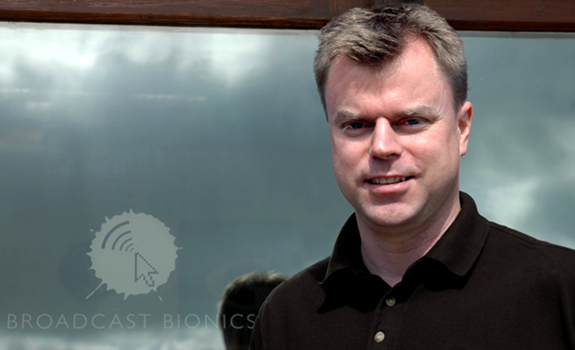
Dan McQuillin, founder and managing director of Broadcast Bionics, believes in technology that allows radio people to listen to their audience and to join their coversation – instead of just the other way around (photo: Broadcast Bionics)
Streamline incoming message feeds
He talks a lot. And fast. And non-stop. But with a great passion for radio, and for technical innovations that allow us to make better radio – Dan McQuillin, founder and managing director of radio studio system developer Broadcast Bionics. They began with routing phone calls for radio talk shows, until their clients not only had to deal with phone, sms and email, but also with more ways of engagement. He called a friend who is responsible for studio technology at Global Radio. Together with producers and presenters of Capital FM and Heart they brainstormed about a creating a content management system to combine all communication channels in one workflow, including social media. “Radio is now part of a conversation; an interactive experience. Listeners want to send content in, and we want to share it.”
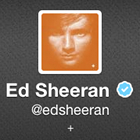 Find relevant showprep automatically
Find relevant showprep automatically
McQuillin recalls that many radio jocks used to bring their personal iPhone or iPad to the studio, and scramble to get through this daily flood of emails and Facebook and Twitter updates. “We’ve decided to produce a proper piece of equipment that understands you’re networked and thus heard on four stations at once, or that you’re now playing Ed Sheeran and want to prioritize content from listeners who follow and like Ed Sheeran.”
Eavesdrop on audience conversations
“Step one was giving radio bigger ears, so it can hear what listeners say and think”, Dan McQuillin says about the birth and growth of Broadcast Bionics’ PhoneBOX. It helps producers to screen calls and enter information such as the caller’s name, location, topic, mood (e.g. a smilie when someone feels happy) and history, in case he called before. PhoneBOX might be up for a name change, as the software combines really old (phone), pretty old (sms, email) and new (social media) communication. A social media feed shows a personalized list of current Facebook, Twitter, Google+ and Audioboo content. It’s possible to create personal accounts for every presenter or producer, with his or her own presets and filters.
“Step two was making radio more shareable”
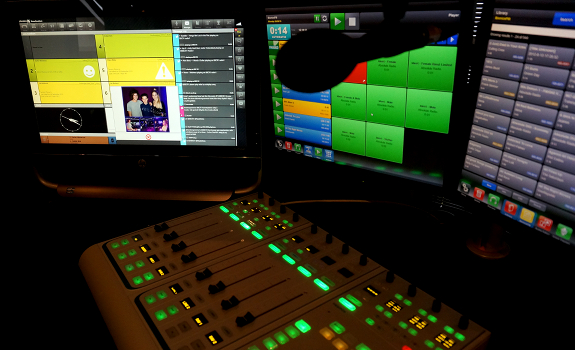
Radio can expand its traditional shared listening experience with shareable radio content (photo: Broadcast Bionics)
Use smart content filters
A Twitter tool shows which hashtags the station’s followers are using now, and which words they often use in combination with those same tags. “You’re interviewing a celebrity? We show you all questions for that celebrity”, McQuillin promises. “The computer is aware of what you do and gives you social headphones, so you can be part of that bigger conversation.” He explains that when Rihanna is playing, the system automatically checks her official Twitter and Facebook page. It tells the presenter what the artist (or her fans) are saying now. It’s also possible to show only comments about a specific topic within a certain area – also practical for news formats and local stations. In a similar way, a show can follow what listeners tweet and comment about their program, and use that content on the air.
 Automate audiovisual content creation
Automate audiovisual content creation
“Step two was making radio more shareable in order to go beyond a shared experience”, Dan McQuillin continues. The webcam can be set to take photos every few seconds, so for every great link there are pictures available to tweet. They’re automatically re-sized to the right format and watermarked. The show is also being automatically recorded: “You can publish the audio from your latest on-air talk to Audioboo, and tweet a link to your listeners.”
Share digestible content parts
So you can re-use your content immediately, instead of hours after the show.
“Exactly. Without needing five or six different tools, you just press one button. Now, we have the ability for radio to go viral. Podcasts are too big, but if you have an individual link – like 30 seconds of audio or a 2-minute interview – they will share it. Great radio has always involved listening to comments and thoughts of the audience. We just can do it faster and better than before. Inside all that noise, there’s some real gold. Rather than us imposing a conversation on the audience, we can join the conversation that’s happening. Radio has a great future if it meets people in the social space.”
The final degree is
creating viral content for individuals
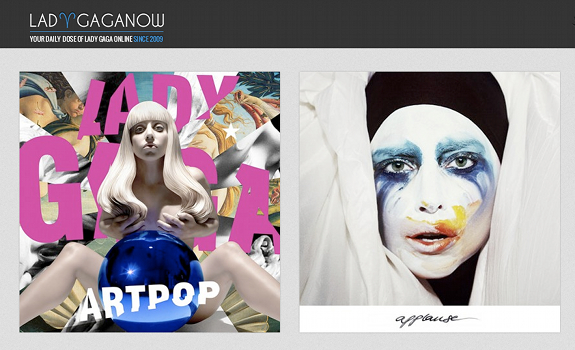
Connecting with (loyal followers of) popular artists – and letting them forward the message – through social media can bring a radio station to the attention of potential new listeners who are a fan of those artists (image: Lady Gaga Now)
Connect with audience multipliers
The final degree is to create viral content for individuals with a huge following: “Before the first time you play a new Lady Gaga song, you can contact your Top 10 most influential Lady Gaga followers”, McQuillin suggests. It becomes clear that this multiplier strategy works for both pre-selling and back-selling content: “After I read someone’s tweet out on air, I can send a DM that says ‘Thanks for being on the show today, Bob! We’ve read your tweet out. If you missed it: click here.’ That takes him to the website where we play the stream from 30 seconds before his tweet was being read.”
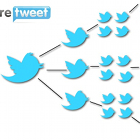 Let multipliers promote you
Let multipliers promote you
Dan McQuillin’s advice is to “get content in the hands of people who really care about it, and pull them towards your station. Will all of them become P1 listeners? No. Of every 1000, you might keep 100. But all of these people had a great experience with your radio station; they all heard content that they cared about; they all heard about it through people that they trust; they all gave you compelling content.”
Get audience testimonials easily
PhoneBOX is designed to be collaborative. A producer can assign to dos (such as Twitter messages to read, or incoming calls to take) to a queue for the presenter. If a listener tweets something newsworthy that requires further research, it can be routed to the newsroom. When content is good but not necessarily has to be read on air, it can be republished to the station’s website and mobile app. By the way, if you allow listeners to record and submit audio through your app, that incoming content can also be edited and broadcast – or archived for later. A listener testimonial like ‘Thank you for playing Ed Sheeran, you’re the greatest radio station in the world!’ can be saved and set to appear in the presenter’s content queue the next time he plays an Ed Sheeran song.
“To make it trivial to tweet audio
is game-changing for radio”
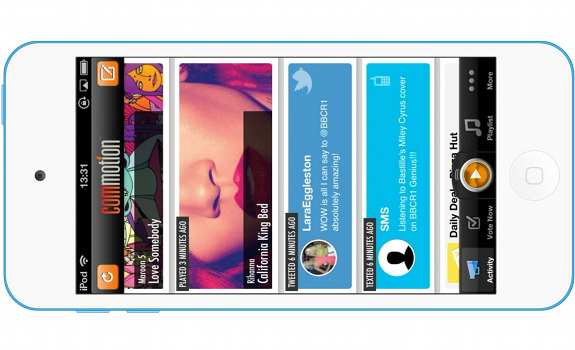
Digital distribution and social media apps make radio more directly accessible and shareable (image: Commotion)
Combine radio & online advertising
PhoneBOX can publish content to the external Commotion app, which helps radio broadcasters to interact with their audience on mobile phones. The huge benefit is that, instead of leaving for Facebook or Twitter, listeners will probably stay on the station’s app (as long as the conversation there is interesting). It’s also possible to push visual advertisements, simultaneously with radio spots: while the audio commercial plays on air, a banner displays online. This allows listeners to call a local store or visit the brand’s website immediately. McQuillin explains that especially for a new generation of listeners, radio is moving from a lean back (“you press a button, then lean back and listen”) to a lean forward experience. “They’re all over the device, and want to be interactive. Radio has a lot of possibility to be that.”
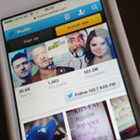 Stimulate radio listener engagement
Stimulate radio listener engagement
Playing the devil’s advocate here: when I’m engaged with an app, my focus is very visual, while radio is about creating a theatre of mind.
“Yes. On the positive side: the more engagement we have, the more content we receive and the better we know the audience. It’s the momentum of the audience, which provides additional input, that drives the radio station. It is important to remember that the majority is still listening on an audio device.”
Go beyond shared experience
“You certainly don’t want to get to the point where you’re laughing: ‘hahaha, look at this funny video’, while everybody sitting in a traffic jam is upset – ‘hey, I thought I was listening to radio’. This is about making better radio; not about making bad television”, Dan McQuillin underlines. “We do encourage visualization because pictures and video share well. I have teenage children, and they’re constantly discovering and sharing content amongst themselves. Unfortunately, audio has not been in a space to do that. So they share clips on YouTube or photos on Instagram. If we can get audio into that space or create some visual content for it, then we can draw that generation towards our medium.” It was a reason for his company to team up with Audioboo: “To make it trivial to tweet audio is game-changing for radio. Instead of taking two hours and lots of editing to get it out, you’ll get it out the second it happens. Then, radio becomes – rather than just a shared experience – a genuine social medium.”
“Stay across the entire view of your audience”
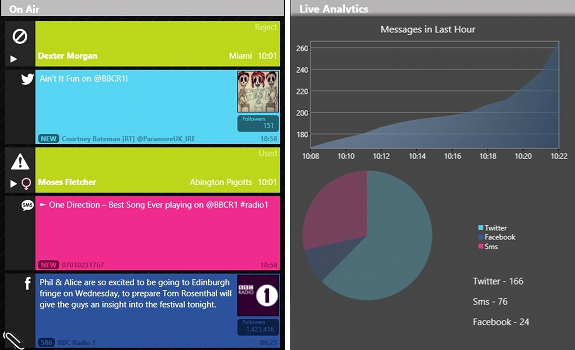
Gathering and analyzing (publicly available) audience data makes it possible to see trends in engagement levels over longer periods of time – on a presenter level, but also on a program or station level (images: Broadcast Bionics)
Monitor social media metrics
PhoneBOX v4 includes what you could call a social media impact meter. This is a 5-bar graph, looking like a signal strength meter on an iPhone, that indicates to producers and presenters how well they engage the audience right now through social media, compared to the same moment in history. 3 bars is a normal score; 1 or 2 bars are below average. It could be a reason to take the topic that’s currently being discussed into a more compelling direction, or to move on to another subject. This certainly looks interesting and is like a live focus group or auditorium content testing. Based on social media response; not a representation of the entire listenership, but still you receive instant feedback about what you’re doing on the air. Another aspect that I find interesting, is the collection of various listener data from many sources (phone, sms, email, social media, etc.). How does that work, and where is the line between promotion and privacy?
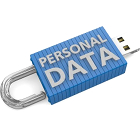 Build a fan database
Build a fan database
Using this system, can radio stations build a database of participating listeners and use that for data marketing?
“Yes. That’s your moral dilemma, and not ours. The engine behind this, which is called OASIS, can keep all of this information, so we can know that this person who just sent us a text message is the same who just phoned in to the studio”, McQuillin confirms.
Analyze long-term audience engagement
“If you join all those accounts together and combine them with an ID that you may have in your internal listener database, you can stay across the entire view of your audience.” He adds that most of this consists of publicly available data; not personal and private information. On a higher level, it could be used to make better radio and optimize audience interaction: “It’s very powerful information […] to see how engagement levels are changing over longer periods of time. Presenter by presenter; program by program; brand by brand. Who is engaging at what times; what’s the best time to send a tweet out and get it re-tweeted?”
“The great creative opportunity for radio
is in the evening”
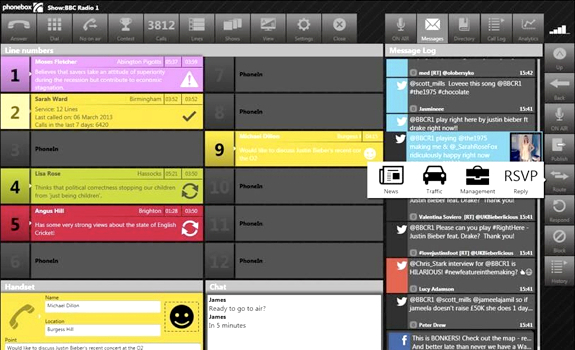
The peak in tablet & smartphone usage during evenings (7-11 PM) is an additional opportunity for stations to connect with listeners, by combining interactive radio content and social media engagement (image: Broadcast Bionics)
Grab Twitter users early
So what have you learned so far? For example, what is the best time to tweet?
“You want to be getting content into people just as they wake up. It’s an unfortunate habit, but the first thing most people do in the morning is to grab their phone, check their messages and then have a look through Twitter. Find out at what time your audience’s alarm clock goes off and then tweet 4 minutes after that. Ask them a question, get them to react. Then drive that topic, using your medium, through the rest of the show.” He adds that a audience-listener conversation should not end after the morning show, but continue through social media all day long. In fact, in terms of social engagement, the most important time slot of the day is not the morning show.
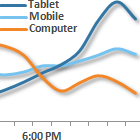 Reconnect online during evenings
Reconnect online during evenings
“The biggest opportunity for radio stations happens around this digital bump in the evening from 7-11 PM”, Dan McQuillin knows. He thinks radio should offer interesting content in the evening. “Stations are really focused on what happens at breakfast and we do get good engagement there, but people are quite busy at that time – they’re in the car or do something. The great creative opportunity for radio is in the evening.”
Hire social media stars
“The other thing we begin to learn, is: this is a great source of new talent”, he continues. “If I were young and creative, I probably wouldn’t go into radio; I’d be making YouTube videos or be a blogger.” His idea is to look for new radio talent in social media platforms, in reference to BBC Radio 1 who have hired YouTube stars Dan and Phil for a gig. “As well as trying to encourage people to come to the radio space, we should be looking beyond the radio space to find new talent and new technology.”
“Drive the engagement with your core listeners
through small v viral content”
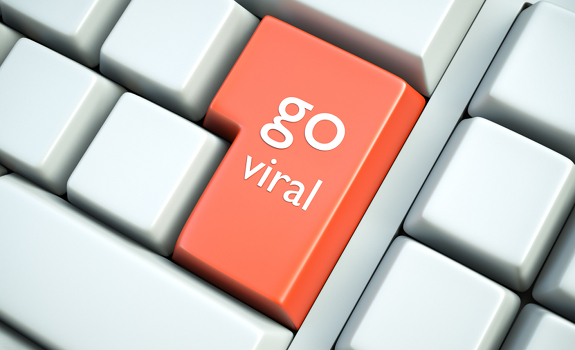
Instead of running a few big viral campaigns, it’s better to do many small viral promotions – and use social media’s multiply effect to spread brand awareness across the followers of your existing connections (image: Google+)
Think quality, forget quantity
What kind of content is good for 5 bars, so to say? What’s the magic formula?
“Unfortunately it’s still getting Justin Bieber naked, you know? I mean: visual elements and celebrity-driven content is the number 1 thing to create social engagement. If you get One Direction or Lady Gaga in the studio and you tweet that out, not only will you get it re-tweeted but you’ve probably got a security problem, because they’ll all turn up at the radio station. BBC Radio 1 said to us that they got beyond that after a while. Even if it’s Rihanna with 60 million followers, most of those are never going to listen to your station. Focus on the quality of engagement with listeners who really are your listeners.”
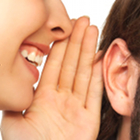 Focus on core audience
Focus on core audience
“It’s not about big viral moments, it’s about those little viral moments that are getting the right content into the individual hands of listeners that are really passionate”, McQuillin says. “We call it viral content with a small v. If you get a naked picture of Justin; great. Compliance reasons aside, you can share it. But if you get the right content into the hands of even just one hundred listeners and get them to share it, that’s more powerful for your brand.”
Create many mini virals
So building your P1 audience is a matter of doing many small things, constantly and consistently, over a long time?
“Yes. Building a brand that matters is about really engaging with your audience, listening to what they’re saying, and delivering the right content to the right individual members which they will then share. Don’t look for a short cut to be successful. In the short term, maybe you get a bump out of One Direction or Rihanna visiting your studio, but in the long term you should drive the engagement with your core listeners through ‘small v viral content’ so that they will bring you more audience share over time.”





Hi,
We are looking to set up a really modern radio studio, and appreciate suggestions on the best equipment and sources of procurement and costs.
Thanks,
Chris
Hello Thomas,
Another good and useful article!
Believe it or not, it is quite difficult to convince our partner stations of how important the social media battlefield got nowadays.
Integrating smart – automated – methods to do these tasks are actually a very popular request… Staff headcount matters, so (almost) every owner wants everything done without ‘expensive’ additional human resources.
Personally I do not like this approach since a SOCIAL network operates with humans, not among computers. Anyhow we deal with the issue :-).
Monitoring and analyzing social media metrics really helps a lot! I strongly suggest everyone to give it a try. It might save you costs in the long run.
Best,
Antal